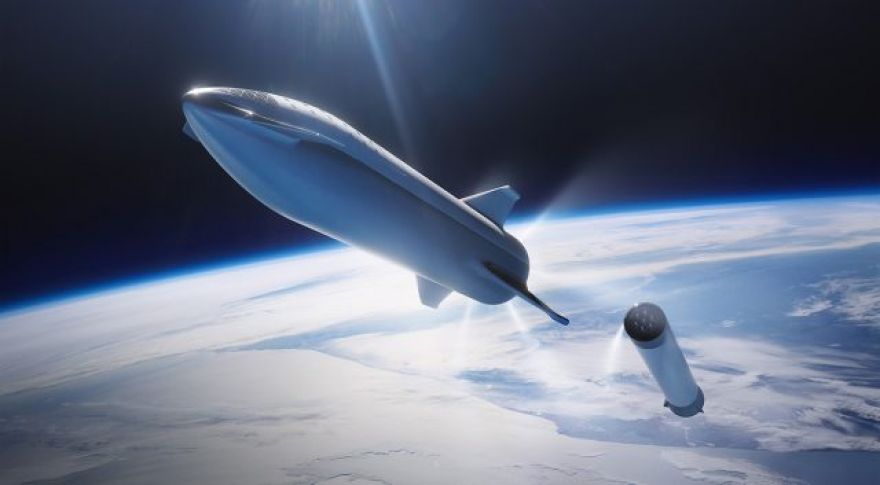
SpaceX Starship Moves Closer to Launch With Successful Engine Test
SpaceX’s next-generation Starship rocket is one step closer to launch today following a successful engine test. According to CEO Elon Musk, the engine during a 51-second test burn. Based on previous timelines, Musk suggests the Starship “Hopper” could be ready for its first untethered flight later this month.
The Starship will eventually take over from the Falcon 9 and Falcon Heavy as SpaceX’s primary launch vehicle. That’s still off in the future, though. The company is still developing the technology that will let the Starship reach orbit, the moon, and even Mars.
The current hurdle is the new Raptor engine that will power the Starship.
The next-gen SpaceX vehicle will actually consist of two stages: the cargo/crew Starship and the Super Heavy launch stage. Super Heavy will have 31 Raptor engines, each one with more than twice the thrust of the Merlin 1D engines. The Starship will have six Raptor engines, three for use in the atmosphere and three for use in a vacuum.
Exciting progress in Boca! Hopper almost ready to hover. Based on tonight’s test, looks like 600 Hz Raptor vibration problem is fixed.
— Elon Musk (@elonmusk)
SpaceX is currently working on the “StarHopper,” which will demonstrate the craft’s ability to hover and land safely. Musk says the engine test did end with a safety abort, but that was expected. The team used the test to explore different fuel mixture ratios, causing the shutdown after 51 seconds.
With the latest engine test finished, it could just be a matter of weeks before SpaceX fires up the prototype for an untethered flight. It previously flew a Starship Hopper on a tether in April. SpaceX has one Starship prototype under development in Texas and another in Florida. Once the Hopper phase is complete, SpaceX will scale the rocket up to prepare for spaceflight. The company hopes to begin commercial launches with the Starship as soon as 2021. Crewed flights, including the “Dear Moon” orbital mission, could follow soon after.
Now read: